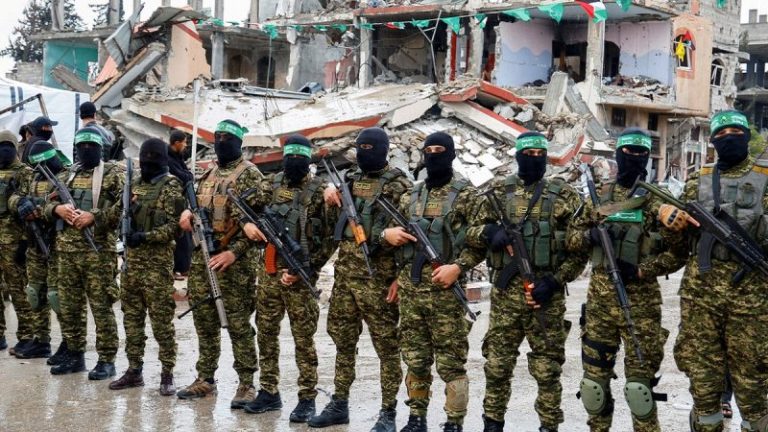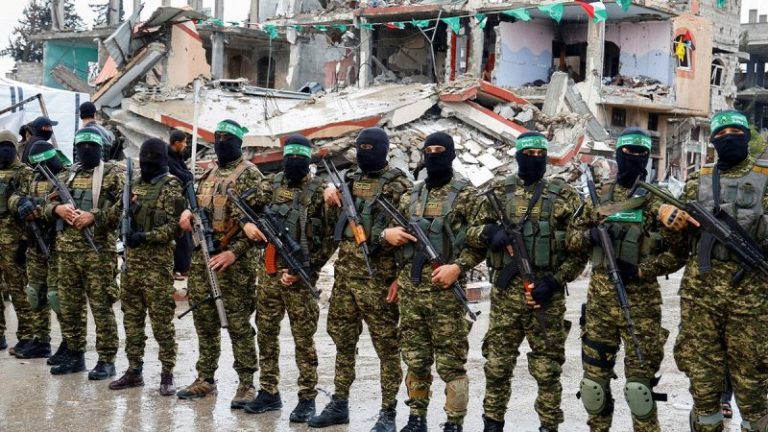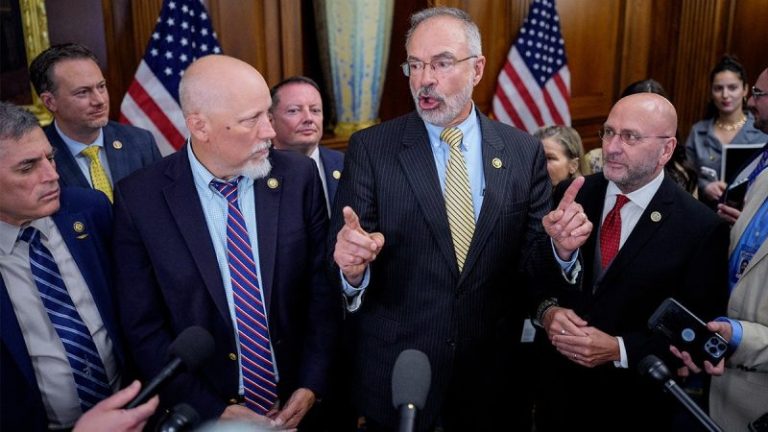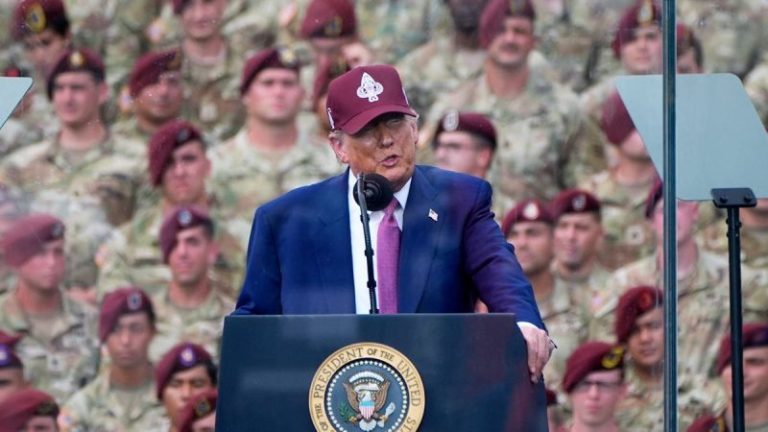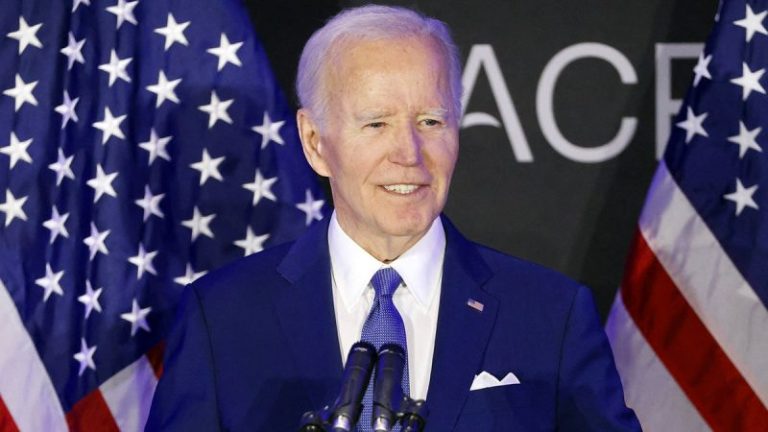America’s so-called allies – Britain, France, Canada, Australia and others – are about to stab President Donald Trump in the back. The goal is to lay waste to the president’s signature foreign policy success – the Abraham Accords.
The Abraham Accords denied violent Palestinian rejectionists a veto over the normalization of relations between Arab states and Israel. Now Palestinians and their band of useful idiots have launched a coup. The scheme opens by overthrowing the fundamental principle of a negotiated settlement to the Arab-Israeli conflict. United Arab Emirates officials have speciously started blaming Israel for the Accords’ demise.
The staging ground for this ‘Et tu, Brute?’ moment is the United Nations. French President Emmanuel Macron announced on Sept. 3, 2025, that he, and his Saudi counterpart, have called upon world leaders to assemble at the United Nations in New York City on Sept. 22 and endorse this agenda. Formally, the substance has been committed to paper in what they are outlandishly calling ‘The New York Declaration.’
This means that by the time President Trump addresses the General Assembly on the following day, he will have been reduced to the guy with the broom bringing up the rear. His hopes and plans for peace in the Middle East will have already been rejected by virtually every head of state or government in attendance.
The New York Declaration first appeared at the conclusion of a confab, chaired by the French and the Saudis, at the U.N. in July of this year. The United States and Israel stayed away. The vast majority of states ignored State Department pleas to do the same.
The document weighs in at 30 pages of anti-Israel venom and attacks on American foreign affairs. It twists the horrors of Oct. 7, 2023 – when more than 1,400 Jews (and others in Israel) were murdered, raped, tortured and kidnapped – into a political win for Palestinians.
Here are just some of the Declaration’s extraordinarily dangerous demands:
A ‘State of Palestine’ before ‘mutual recognition’ of the Jewish state.
A Palestinian ‘right of return’ that would flood Israel with millions of Palestinians from the river to the sea – thus ending the Jewish state.
A fully armed Palestinian state (called a ‘one state, one gun policy’) and an indefensible Jewish state.
An arms embargo on Israel (‘ceasing the provision or transfer of Arms’) cutting off the country’s ability to defend itself.
A global pogrom to arrest and prosecute Israelis in national and international courts the world over.
Abandoning the hostages and rewarding the kidnappers by conditioning their release on Israel freeing convicted Palestinian criminals and fully withdrawing from Gaza.
And here is what the Declaration does not mention: Jews. Judaism. The Jewish state. Antisemitism – the actual driver of the Arab-Israeli conflict. Even Jerusalem is only discussed in terms of Islamic and Christian rights. Jewish history is nowhere.
The Declaration represents multilateral bullying at its worst. But the United States is not powerless.
The president has options:
Don’t go. If the event to adopt the Declaration on Sept. 22 isn’t canceled or world leaders don’t decide to pull out, then cancel the president’s appearance on the 23rd. President Trump doesn’t need the U.N. stage to be heard loud and clear. The U.N. needs America.
Send the U.N. packing. Back in 1988, President Ronald Reagan and Secretary of State George Shultz denied Palestinian leader Yasser Arafat a visa to speak at the U.N. The General Assembly reacted by temporarily moving to Geneva. Lesson learned: move the whole lot out of the USA for good.
Stop paying. Bypass the organization and fund directly only what is consistent with American values and interests and is fully accountable to the U.S. taxpayer.
Apply sanctions. Impunity for the Declaration’s signatories is the wrong message to send states that endanger American national security and undermine our vital foreign policy goals.
On Oct. 7, Palestinian terrorists massacred the nationals of 69 countries and kidnapped people from 22. That’s the Palestinian multilateralism the United Nations is all set to reward.
Failing to respond is not an option.


